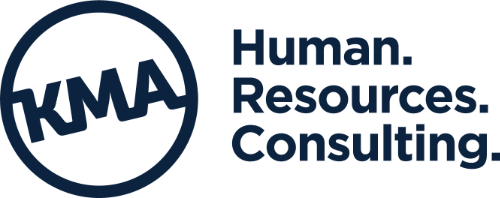When disaster strikes, what can you do to care for your most important asset: your employees?
No matter how much we plan, prepare, or save, the unexpected can strike any one of us at any time. And when disaster strikes one of your employees —whether it’s a fire, a flood, the untimely passing of a family member, or the employee (or a family member) is the victim of a violent crime—his or her problem can quickly become your problem, too.
Such emergencies often cause tremendous financial and emotional burdens on employees. This leads to lower morale, poor performance, increased absenteeism, and even turnover, which ultimately can affect co-workers and even your customers.
“Emergency Relief Funds are designed to make employee assistance in the form of charitable grants available to employees during times of hardship, which helps employees and employers alike on many levels,” explains KMA’s Kim Anania. “On the most basic humanitarian level, it’s about being socially responsible and getting help to the people who need help. Beyond that, employers are providing an important benefit that helps them attract, engage, and retain employees. It’s common sense that keeping your workforce supported, intact, and productive at times of crisis can be critical to your long-term success.”
Emergency relief programs come in many shapes and sizes.
- Typically, the programs are set up as nonprofit charities, funds, or private foundations by the employer and funded through employee contributions, fundraisers and events, and employer matching funds or charitable donations.
- Awards are distributed as grants or loans based on strict guidelines that make disbursements fair and equitable.
- Depending on how the program has been set up, employee and employer contributions can be tax-deductible, and employees may not have to pay tax on the grants they receive.
- The IRS has published guidelines for Employers in its publication, “Disaster Relief, Providing Assistance through Charitable Organizations.”
“An employer does not need to be a Fortune 500 company to offer this type of program,” Kim explains. “Even small- to medium-sized employers can support their employees through times of crisis by giving them time and space to work through the emergency and return to work focused and engaged.”
A number of organizations are available to provide guidance on what type of employee relief fund might be the right fit for your company. Contact KMA today for assistance.
